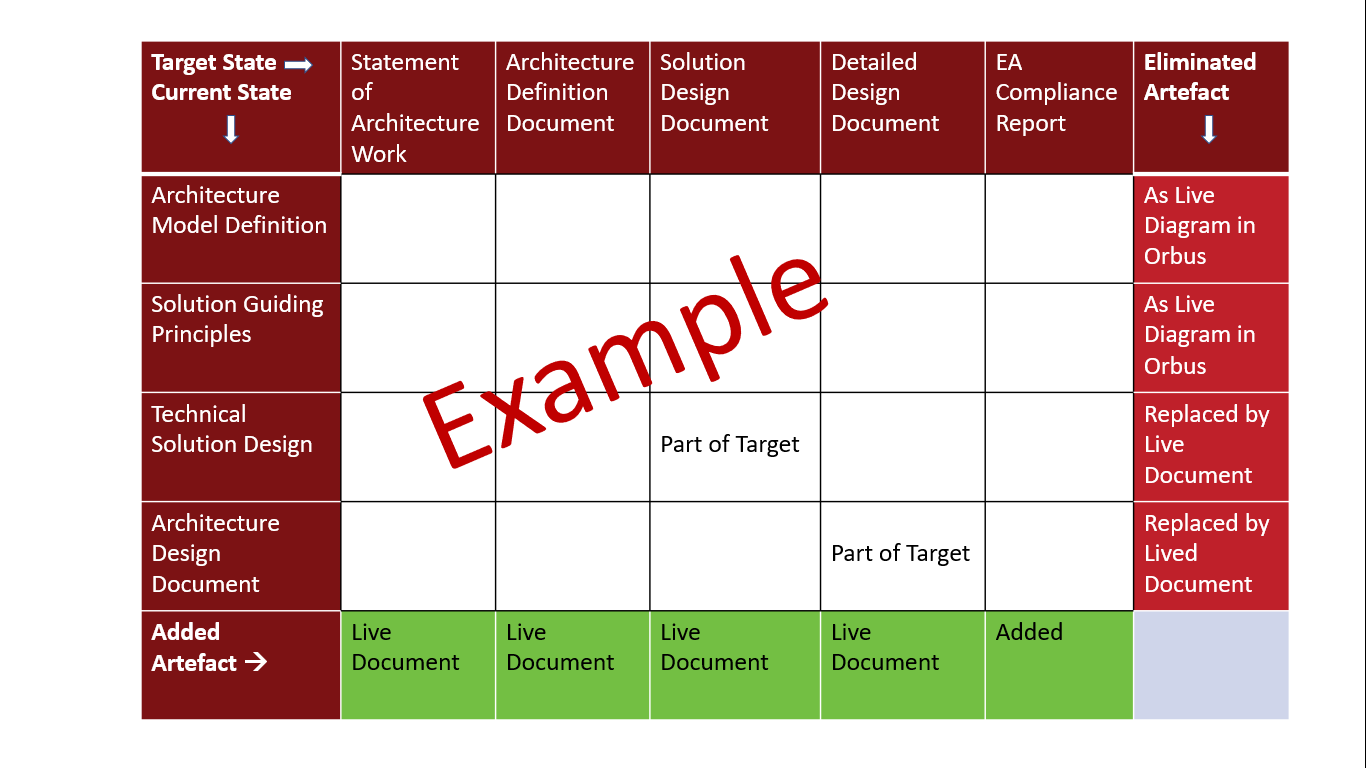Developing Future State Enterprise Architecture
By Aaron Tan Dani
Projection of future state of Enterprise Architecture should be considered as compulsory and aligned to business needs. EA should be able to create lineage to each of the EA parts to get the business values and by developing the Future State EA, it can articulate the impact and value of the current state.
Organisations should develop a high-level implementation approach on how to derive the Future State EA and Gap Analysis through the following activities:
- Gather insights and information from the relevant key stakeholders through Visioning Workshops to be used in developing Future State EA.
- Analyse the Current State EA of IT landscape and conduct Gap Analysis by identifying areas that are not being addressed in the Current State of EA.
- Assess and propose the medium-to-long term EA realization that includes work packages to transit towards the Future State EA which includes the detailed EA Plan with a 3-5 years’ timeframe to define target for business, data, application, and technology architecture.
- Develop Future State EA that complies with EA principles, standards and policies to support the transition architecture towards realising the Digital Strategy.

The Future State EA should be aligned with organisations’ business objectives and values. The current EA baseline needs to be reviewed and analyse as well as identifying the gaps for areas that are not being addressed in the Current State in order to realise the Future State EA by utilising the EA Gap Analysis Matrix as depicted in the diagram that helps to highlight opportunities that need to be grasped.
Figure 1: EA Gap Analysis Matrix
From the selection of principles, standards, policies and outcomes of gap analysis, the production of Architecture Views can help to represent Future State EA based on the EA Metamodel which is part of the EA Framework. The Architecture View and artefacts shall be stored in the Digital EA Repository which will include all the architecture domains (business, data, application and technology) and also examines all the relevant states of architecture (Current State, Transition and Target State EA).
A Transition Architecture shows the enterprise at an architecturally significant state between the Current State and Future State Architectures. The Transition Architectures are used to describe transitional Future State Architectures necessary for effective realisation of the Future State Architecture.
The outcome of Gap Analysis and Future State EA are used to derive the Architecture Requirements that are crucial to be served as an input for the solutioning and implementation phases as part of the various Transformation Project initiatives. Organisations will be able to see the ‘future’ clearly when knowing exactly what success the enterprise architecture will bring to the business. The future state EA will bring organisations the improvement that they want to see.
Author: Aaron Tan Dani
President of Singapore Computer Society EA-Chapter [email protected]
Founder and Chairman of Iasa Asia Pacific [email protected]
Chief Architect of ATD Solution [email protected]
Related websites:
- Computer Society EA-Chapter: http://www.scs.org.sg/Chapter/ea-homepage
Join the EA activities in Singapore and learn how you can implement Digital-Business-driven EA in your organisation.
- IASA: www.iasaglobal.org
Learn more about ITABoK (IT Architecture Body of Knowledge) skillsets and about the roles, scopes and impacts of EA Specializations.
- ATD Solution: www.atdsolution.com
Acquire successful Digital Transformation adoption with ATD Enterprise Architecture consulting and training services.